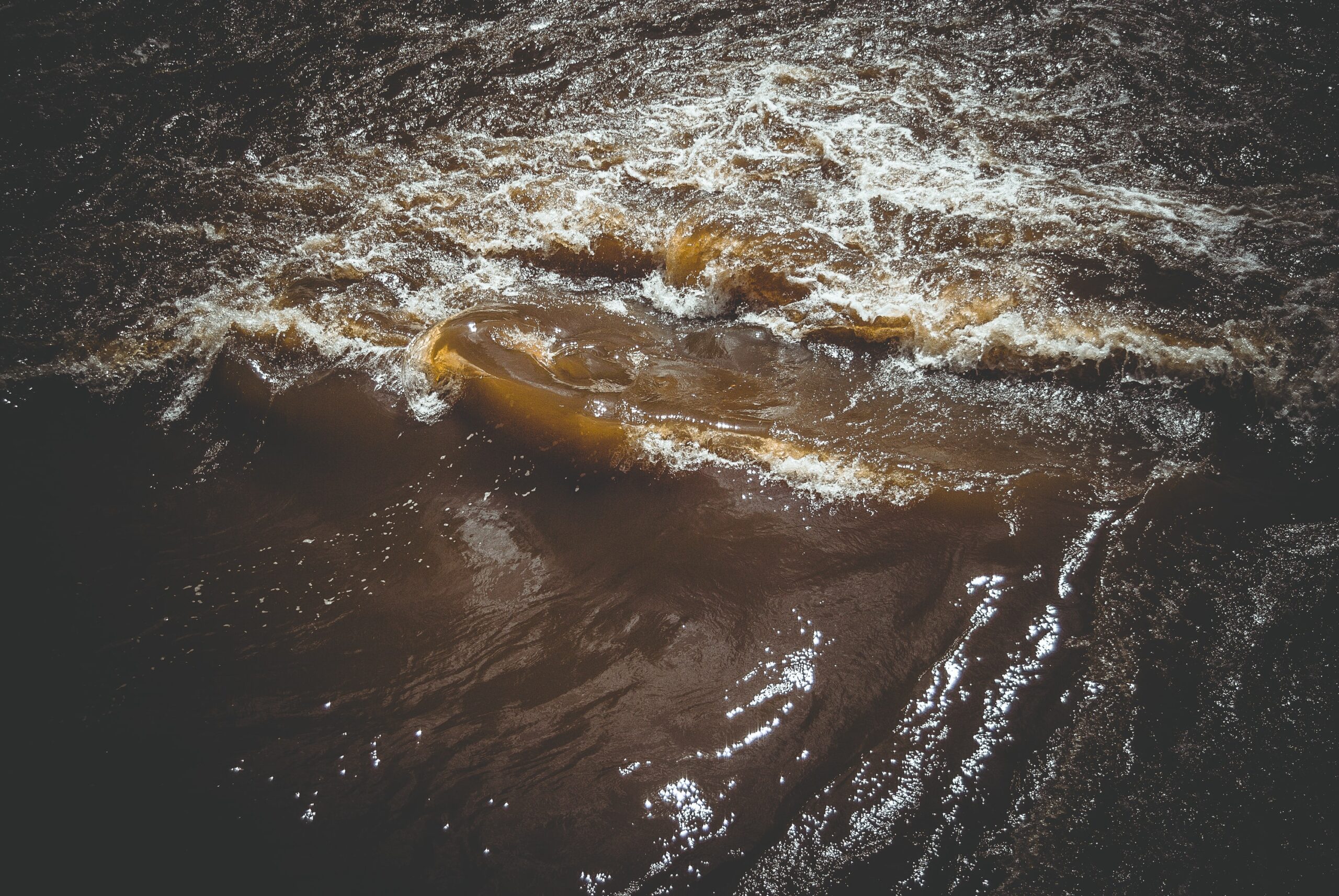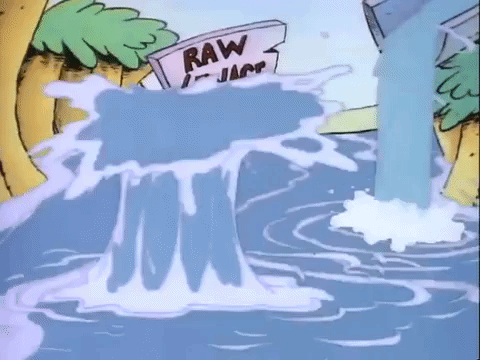
River Yamuna is often termed as the river which is about to die. The Yamuna is used for abstractive and in-stream uses. It is used for irrigation, domestic water supply, industrial, etc and is subjected to overexploitation, both in quantity and quality. Given that a large population is dependent on the river, it is of significance to preserve its water quality. The Yamuna is polluted by both point and non-point sources, where Delhi is the major contributor, followed by Agra and Mathura. Approximately, 85% of the total pollution is from a domestic source.
Domestic sewage waste- Faecal coliform bacteria
The main contaminant of Yamuna water is faecal coliform bacteria which flows from households. This sewage makes up for most of the water pollution. Whenever we cross the Delhi-Noida-Direct (DND) Flyway, we roll up the windows because the stench from the Yamuna is unbearable. Highly concentrated levels of faecal coliform bacteria are present in the Yamuna.

In 2016, an assessment of river Yamuna showed faecal coliform count as high as 92 lakh most probable number (mpn) per 100 millilitres in areas like Nizamuddin and Okhla Bridge.
NGT to levy sewage fee
The National Green Tribunal observed that 2.3 lakh people living in Delhi’s unauthorised colonies have not taken a sewage connection or effective steps to manage sewage, which was resulting in the emission of pollutants in river Yamuna.
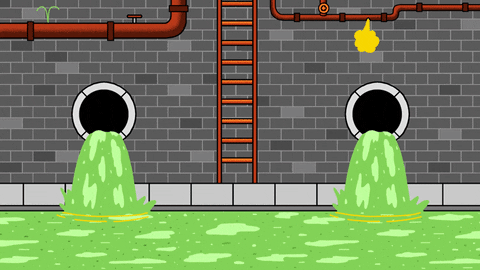
In 2015, NGT directed Delhi authorities to Sewerage Charge every household in Delhi an environmental compensation amount for generating sewage, based on the ‘Polluter Pays’ principle.
The National Green Tribunal has directed the Delhi government to comply with the Supreme Court order to levy sewerage charges on all households in the national capital for the discharge of untreated effluents in the Yamuna.

“This is possible only if the IDMC [Integrated Drain Management Cell] performs its functions effectively to prevent discharge of untreated sewage into the drains or into the Yamuna. The DPCC [Delhi Pollution Control Committee] needs to ensure that polluting industries are stopped and new industries are not allowed without safeguards,” the Bench observed.
Sewage waste accounts for 80% pollution
Post the COVID-19 lockdown, there have been reports and eye-witness accounts which suggest that the Yamuna looks cleaner. Shut down of industries on Yamuna banks was speculated. While it is true that industries discharge toxic waste into the rivers, but what’s shocking is that industrial pollution makes up for only 10-20 per cent of pollution load.
The rest comes from domestic sewage, which has not seen any major decline as households continue to dispose off waste.
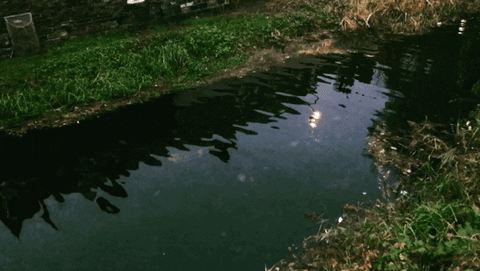
Sewage’s contribution to river contamination is unprecedented. Yamuna is just one example of domestic sewage waste contamination. According to reports, domestic sewage is the main cause of contamination for river Ganga as well. 2,723.30 million litres per day sewage is generated every day by 50 cities located along the river. The optimum level of the faecal coliform is under 500 and 2,500 mpn per 100 ml (according to government norms.)
Possible solutions
The Central Pollution Control Board (CPCB), member secretary, Prashant Gargava, commented upon the situation in April. He said, “There are other factors that are helping relieve water pollution, like the release of the freshwater. The DJB has been releasing some water in the river, which may have helped dilute pollutants. We’ll know more once the report is prepared,”

“The Delhi Government may forthwith comply with the order of the Supreme Court dated October 24, 2019, on the subject of levy and recovery of the Sewerage Charges,” a bench headed by NGT Chairperson Justice AK Goel said.
“If the Yamuna is to be rejuvenated such discharges either directly or through drains need to be stopped. This is possible only if the IDMC performs its functions effectively to prevent discharge of untreated sewage into the drains or into the Yamuna,” the bench said.
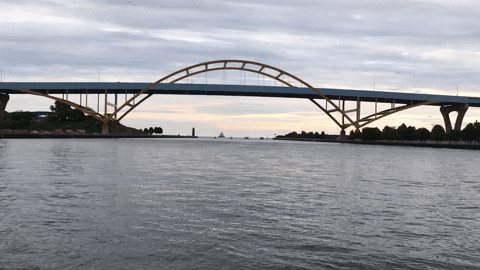
The NGT tribunal also said that with regard to the treatment of sewage disposal in the drains joining river Yamuna, the land available on the flood plains may be utilised for the purpose, if there is no other alternative or till another land becomes available.

